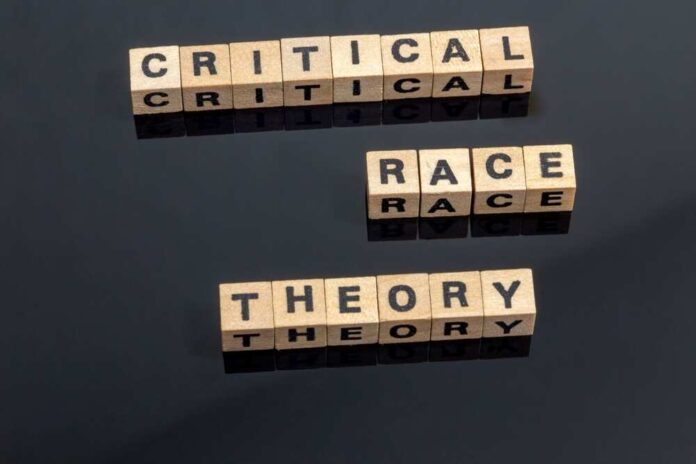
Critical Race Theory has been at the forefront of a very tumultuous cultural war, in which conservatives are accusing its proponents of racism and leftists are accusing its critics as “history denying” bigots. What is common on both sides, however, is that no one really knows what it means or where it comes from.
Critical Race Theory did not begin alone. It is the brainchild of postmodernism and cultural Marxists. It comes from the social theorists of the 20th century. While this can span hundreds of pages, we will condense this into a few hundred words. Ready?
Postmodernism
This word has been thrown around a lot. Maybe you’ve heard Jordan Peterson say it a bunch. The postmodern movement began in the 1960s and was composed of some notable names, such as Michel Foucault, Jacques Derrida, and Jean-François Lyotard.
By design, postmodernism is hard to define but is largely characterized by its rejection of modernism and modernity. In other words, postmodernists rejected the ideas of universalism, progress, and unifying narratives. They instead favored “deconstructionism,” which is their way of deconstructing literally everything, from language, narratives, institutions, and Western civilization as a whole.
This is significant because their deconstructions often led them to conclusions about “knowledge and power.” Everything could be reduced to these two.
Authors Helen Pluckrose and James Lindsey write in their book, Cynical Theories, that this movement led to two fundamental principles in thought: the “postmodern knowledge principle” and the “postmodern political principle.”
The former is defined by “radical skepticism” about objective knowledge and whether it is obtainable. It asserts a commitment to cultural constructivism, which is the belief that all claims to truth are value-laden constructs of culture. The latter is defined by the belief that “society is formed of systems of power and hierarchies.”
Critical Race Theory
This theory formally arose sometime in the 1970s, after postmodernism gained a foothold. It essentially holds that race is a “social construct that was created to maintain white privilege and white supremacy,” according to Pluckrose and Lindsey.
The official founder of the theory is traced back to Derrick Bell, the first tenured African American professor at Harvard Law School. By the way, Kimberlé Crenshaw, who created “intersectionality,” was his student.
Bell believed that blacks will never be equal in America. Even those “short-lived victories” that give us the illusion that progress was achieved will just “slide into irrelevance” as racist patterns uphold “white dominance.”
He said that this “mind-set or philosophy requires [blacks] to acknowledge the permanence of our subordinate status.”
This is what he called “racial realism.”
While CRT is taught in law schools, many critics argue that this philosophy, or mindset, established by Bell has permeated through other areas of civil life, such as in elementary schools. Critics say that leftists who are seeking to make politics and every aspect of life racially conscious are dividing the world into power imbalances and hierarchies and are ultimately teaching children that skin color is important because racism is embedded into whites and the structures they have created.














